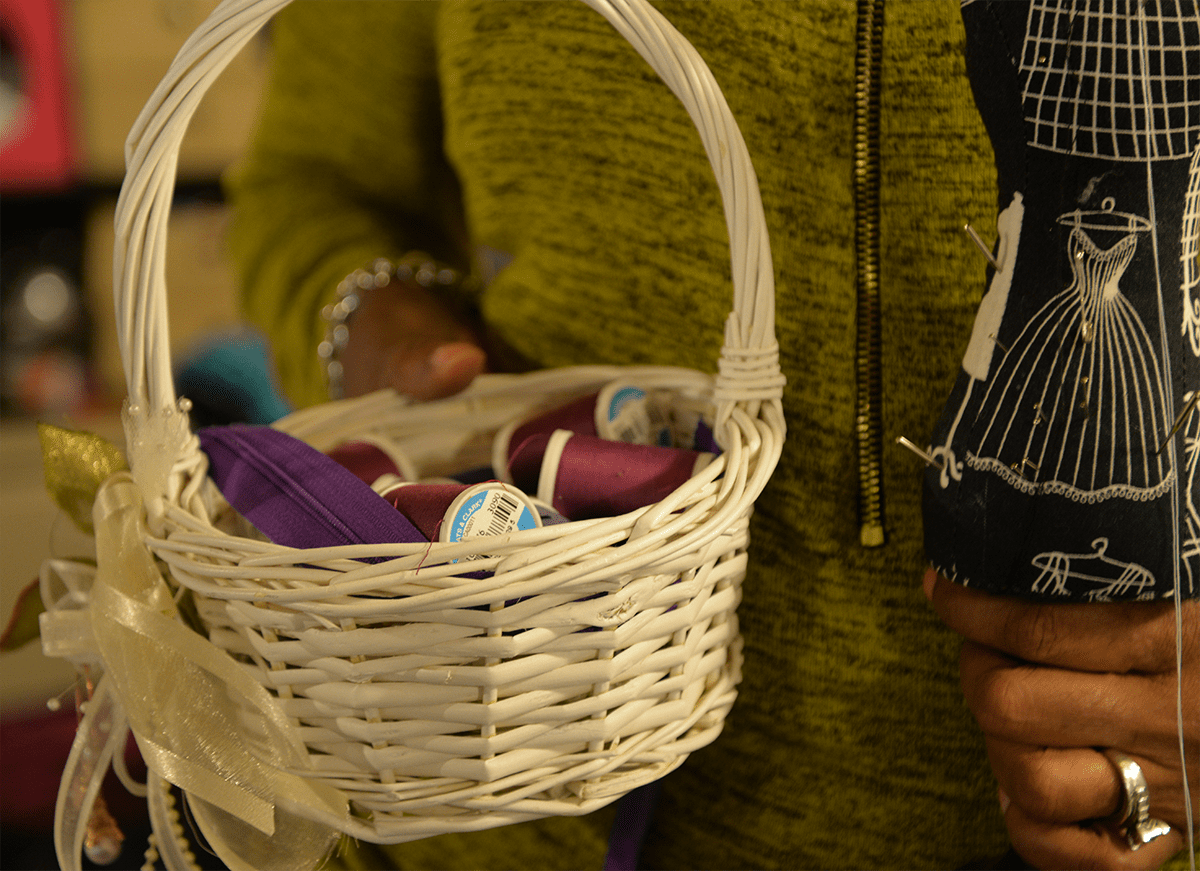This article is the third in AFC’s Cuts to the Cascade series, which focuses on the people, programs and communities representing columns of the HIV treatment cascade. All of the Cuts to the Cascade subjects are under threat of losing vital state support as a result of Governor Rauner’s proposed cuts to the Illinois budget.
Behind thirty front doors in Chicago live families that have stability — perhaps for the first time — thanks to the Housing, Health and Independent Living (HHIL) program. The heads of these households are living with HIV and have experienced homelessness, which has kept them on the fringes of society and prevented them from being able to take care of their health.
But people living in these 30 homes through HHIL — along with an estimated 10,500 other individuals across Illinois — could be devastatingly impacted by across-the-board cuts to the supportive housing budget in Illinois under Governor Bruce Rauner’s proposals for FY 2016.
For FY 2015, Illinois spent almost $14 million on supportive housing services for people experiencing homelessness and/or substance use issues. In Governor Rauner’s initial budget proposal, which is currently being debated among legislators in Springfield, that line item was cut completely.
Housing equals empowerment
HHIL is one of four supportive housing programs administered by the AIDS Foundation of Chicago (AFC) that faces drastic cuts if Rauner’s budget cuts stand. Like most supportive housing programs, HHIL aims to provide affordable housing and support services for people and families who would otherwise be homeless. These services can include medical care, behavioral health support, transportation help, food services and more.
“Supportive housing helps clients stabilize their lives,” said Angelique Miller, senior director of Housing and Supportive Service Programs at AFC. “Programs like HHIL help people go to work, to maintain stable employment.”
Without programs like HHIL, people with one or more chronic illnesses who lived on the streets for years, waiting to get into housing, could be forced back to square one.
HHIL serves a spectrum of people living with HIV, including pregnant, HIV-positive women who are referred through the Pediatric AIDS Chicago Prevention Initiative (PACPI). In total, 76 percent of HHIL’s homes are led by female heads of households.
Nancy, an HIV-positive HHIL client, has experienced a dramatic shift in her quality of life, health and pride thanks to her 12-year participation in the program. Read her complete story here.
“It feels great, not only that I am taking care of my home, but I am paying my rent — something I couldn’t do since years back,” said Nancy. “This program has made me very responsible.”
Helping Illinoisans gain control over their health
Supportive housing is one of many social services slated for life-altering cuts in Illinois, but research shows it is a uniquely successful strategy for helping retain people in medical care.
“Supportive housing is critical,” said David Sinski, Executive Director of Heartland Human Care Services and Vice President of Heartland Alliance, which partners with AFC to administer HHIL and also leads supportive service programs that aid over 500,000 people in Illinois and Michigan.
“Our participants affected by HIV often experience mental health or substance abuse issues occurring at the same time, as well as perhaps other medical issues. Supportive services help people navigate the health care system and gain control over their lives.”
For people living with HIV and other chronic illnesses, Sinski believes this navigational support can help them manage their care much more effectively.
“Housing first leads someone to have stability because they have a place to receive medication in the mail, store their meds confidentially, have the same place to make meals and sleep in their own bed every night. The threats to supportive services put all of that at risk.”
Remaining in consistent care is an essential step of the HIV treatment cascade, a model for measuring success in treating people living with HIV. Without regular doctor appointments, blood tests and adherence to HIV medications, a person’s level of the infection-fighting white blood cell CD4 could drop, letting the stage of one’s HIV progress to AIDS — or worse.
Dollars and cents
In the long term, supportive housing services save Illinois thousands of dollars, and cutting them would ramp up emergency room, nursing home and prison costs.
Clients who, when homeless, may have turned to expensive options for health care like emergency rooms, have a stronger connection to cost-saving medical care through their supportive housing programs. A 2009 study performed by the Heartland Alliance found a 39 percent reduction in the total cost of services from pre- to post-supportive housing, amounting to a savings of $2,414 per resident per year and up to $9,000 in savings annually for individuals impacted by HIV.
“The solutions proposed by Governor Rauner might be feasible for the short-term, but they really impact the families and partner agencies severely,” argued Miller. “The clients will end up responding to health crises [rather than staying in regular care] because that’s all they’ll have time to respond to. We won’t be able to work with them to access health care, treatment services, and so on, meaning they will resort to expensive emergency room care.”
On top of rising costs associated with supportive housing cuts is the threat to federal matching dollars the state receives to maintain these programs — essentially “free” money that is passed through Illinois and into supportive housing programs.
“For every $100,000 from the State Supportive Housing Fund, there is a $367,000 match in annual leasing costs, which would serve 40 households, and $78,000 in annual program support funding,” said Miller. “That is more than a $1-to-$4 dollar match that would be lost.”
The immediate impact of the loss of funding is real — not just for people who benefit from services through supportive housing, but for the case managers and administrators who hold their clients’ hands as they gain control over their lives.
“I have to stay optimistic,” said Miller. “We need to continue to do advocacy. The governor is looking at the dollars, but the agencies who oversee these programs — we’re looking at the people who will be impacted.”


